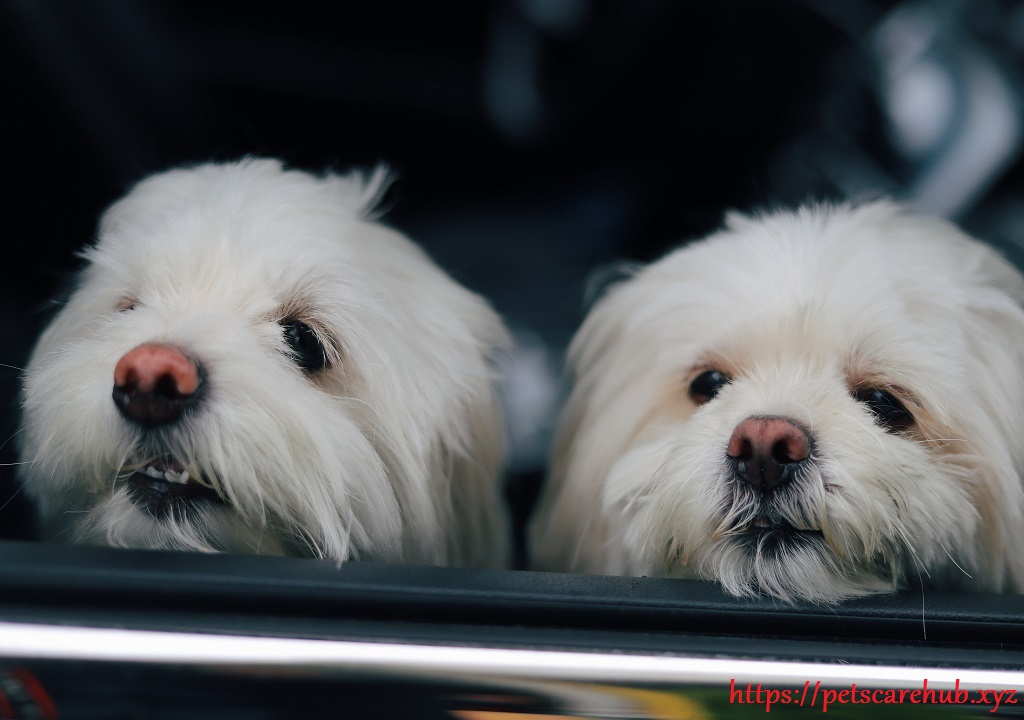Now that you know these top cleaning tips for pet hair, you can say goodbye to pet hair that you don’t want. Remember that controlling shedding takes time and consistency, but if you groom your pet regularly, make sure they eat right, and keep your home clean, you will notice a big difference in the amount of pet hair your pet sheds. You won’t have to worry about cleaning up after your pet friend while you enjoy their company.
How to understand pet hair and why it happens
Knowing why pets shed is important for pet owners who want to keep the amount of free fur in their home under control. A pet’s coat naturally gets rid of old or broken pet hair to make room for new growth. This process is called “shedding.” Almost all animals shed some, but some types and individual pet g may shed more or less than others.
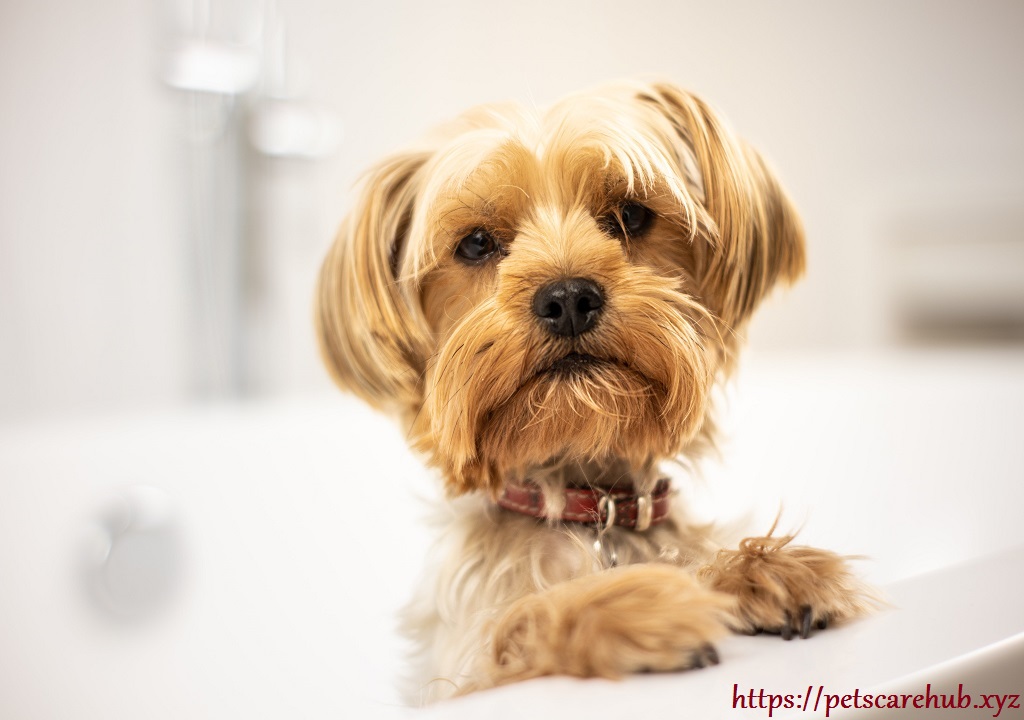
Genetics, age, food, health, and the time of year are some of the things that can cause cats to shed. We’ll look into each of these issues more in order to figure out why your beloved furry friend might be leaving fur all over your house.
1. Biology: Genetics
The amount of shedding in a breed is mostly controlled by its genes. Some breeds have thick coats that need to be brushed often to keep them from shedding, while others naturally shed less fur because of careful breeding over generations. If you want to keep up with your pet’s fur as little as possible, you should learn about how different kinds shed before you buy one.
2. Age:
Dogs and cats’ coats change as they age. The appearance of animals’ hair changes with age, just like it does for people. They may get a thicker or lighter coat as they get older, based on the breed and their own unique traits. This might change how much pet hair they normally lose.
3.Be careful: bad diet:
Pets that don’t get enough of certain nutrients can shed a lot and have other health problems, like skin rashes and extra pet hair. A healthy food full of vitamins, minerals, and key fatty acids is important for keeping a coat that looks good and stays healthy.
4. Getting healthy:
Pets that shed too much may also have underlying health problems like allergens, hormonal issues, or skin infections. If you notice that your cat is sweating more than normal or has any other signs that make you nervous, you should take them to the veterinarian to rule out any possible health problems.
5. Time of year:
A lot of animals, especially ones with thick coats, shed a lot when the seasons change. They do this because they are getting used to the changing weather and getting their coats ready for the next season. In the spring, when dogs are getting rid of their winter coat to make room for their lighter summer coat, they may shed a lot.
Now that you know why dogs shed, let’s look at some ways to stop them from shedding too much:
Grooming your pet hair regularly: Brushing your pet’s fur will help get rid of free pet hair before it gets on your floors or furniture.
Bathing pet hair: Giving your pet regular baths can help stop them from losing too much pet hair by getting rid of dead pet hair and keeping their skin and body healthy.
Good nutrition for pet hair: As we already said, giving your pet a healthy meal high in important nutrients can help keep it from shedding.
Supplements for pet hair: Some supplements may help keep your pet’s skin and pet hair healthy and may also stop them from shedding. Before you add any vitamins to your pet’s food, talk to your veterinarian.
Medical care for pet hair: If your pet sheds because of an underlying health problem, the right medical care can help cut down on it.
Conclusion:
Cats will always shed pet hair. It’s a normal part of life that can’t be stopped. If you know what causes your pet to shed too much and take the right steps to control it, you can keep their body healthy and your home fur-free.
How to groom your pet hair properly to keep it from shedding:
Regularly grooming your pet hair is important for both their health and to keep them from shedding. It can be bad for both you and your pet hair if they shed too much because it can cause allergies, make a mess in your home, and make your pet look messy. To stop your pet from shedding, you need to know how to properly clean them. Here are some ways to keep your pet’s fur healthy and stop it from shedding.
1. You should brush your pet’s fur often.
The most important thing you can do to keep your pet from losing too much is to brush its hair often. This gets rid of dead or loose hair that would otherwise land on your floor or furniture. Which brush you use will depend on how long and rough your pet’s fur is. For medium to long-haired breeds, a slicker brush works well. For short-haired breeds, a bristle brush is better.
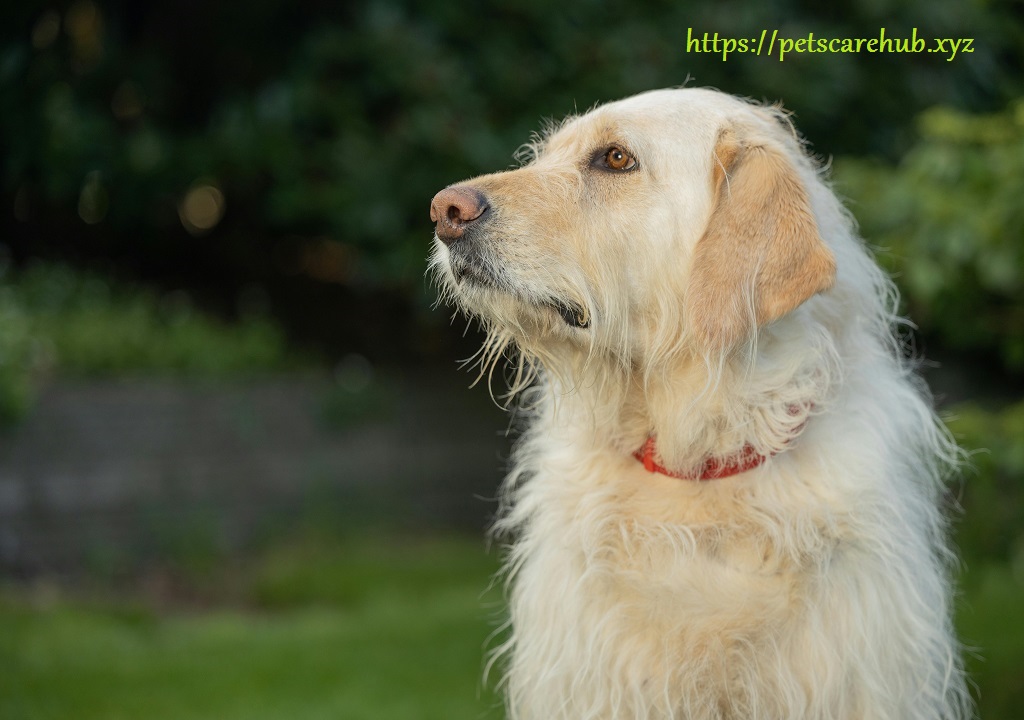
2. Using a tool to shed for pet hair.
In addition to cleaning your dog regularly, using a deshedding tool once or twice a week can cut down on shedding by removing the hair from double-coated types like Huskies and German Shepherds. The fine teeth on these tools let you get deep into the undercoat without ripping out too much fur.
3. Shed Control Shampoo should be used to bathe your pet hair.
You can also help your pet shed less by giving it a bath with a shampoo made just for that purpose. Natural chemicals in these shampoos, like omega-3 fatty acids, help keep the skin and body healthy and stop pet hair loss. But be careful not to bathe your pet too much, as this can remove the oils from pet hair and cause dry, flaky skin that can make them shed more.
4. Think about getting a professional grooming service for pet hair.
You might want to take your pet to a professional groomer on a regular basis if you are having trouble controlling their hair. Groomers are trained professionals who have the right tools and knowledge to properly care for all coat types and cut down on shedding. They might also give extra services like treatments or baths that get rid of shed hair.
5. Make sure your pet eats well for pet hair grooming.
It’s important to know what your pet eats to keep its hair healthy. Feeding your pet a high-quality food that your vet suggests will give them all the nutrients they need is important. They can keep their hair healthy and shed less if they eat foods like salmon or flaxseed oil that are high in omega-3 fatty acids.
6. Clean up pet hair from your house.
Fur won’t stick to your floors and furniture as much if you clean and sweep them often. You can also get rid of free pet hair on furniture or clothes with lint brushes or rubber gloves.
Finally, it’s important to clean your pet properly to keep it from shedding. You can keep your pet hair healthy and reduce shedding by brushing it regularly, using a deshedding tool, shampoos that stop shedding, bathing your pet regularly, or getting professional cleaning. Not only that, but eating well and keeping your home clean can also help reduce hair. If you notice that your pet is losing a lot of hair or that its body is changing in any other way, you should take it to the vet to rule out any health problems.
Different types of pet hair and how to brush them
A lot of cat owners worry about their pets losing hair. One of the most important things you can do to keep your pet’s coat in good shape and stop them from shedding too much is to brush them properly. But for the best effects, different types of fur need to be brushed in different ways.
1. Breeds with short pet hair:
Short-haired dog types like Beagles, Dalmatians, and Doberman Pinschers have smooth, shiny coats that shed a little bit every season. It is best to use a slicker brush or a bristle brush to get rid of loose hair on their coats. First, brush your hair against the way it grows to get rid of any knots or mats. Then, brush your pet’s fur in the direction of hair growth to spread the natural oils and give the fur a healthy shine.
2. Breeds with long pet hair:
Long-haired dog breeds like Poodles, Yorkshire Terriers, and Newfoundlands need to be groomed more often because their coats are thick and dense. Because these types shed more when the seasons change, you should brush them every day. You should use a pin brush or comb on this kind of fur because it’s easy to get to the lower layers of fur without hurting your pet.
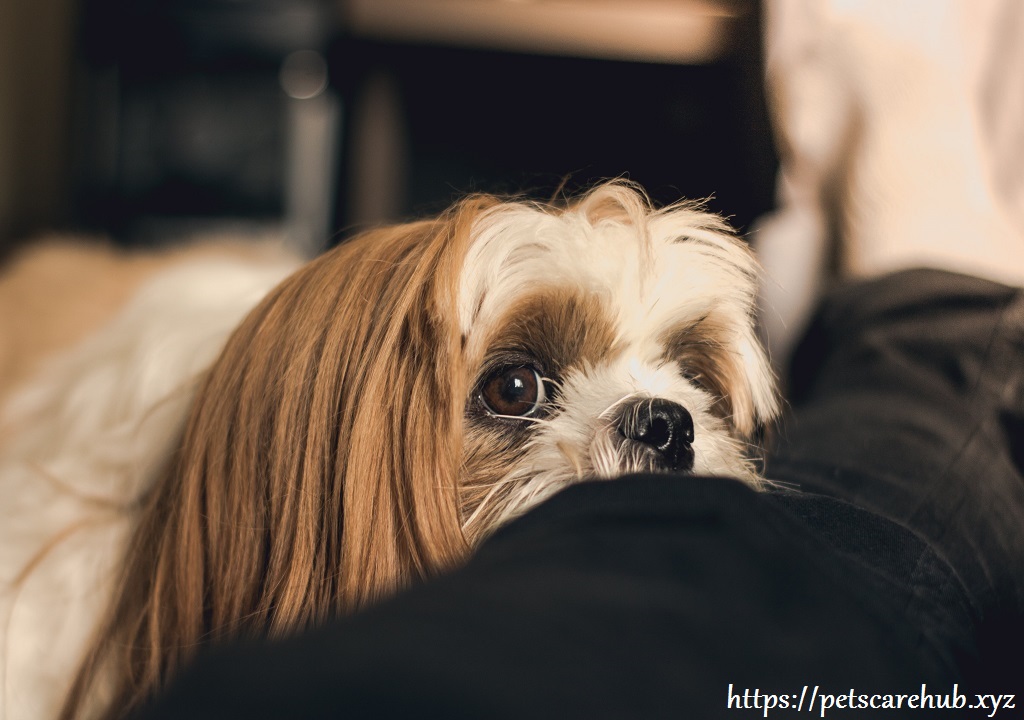
3. Breeds with curly coats:
Some dog types, like the Bichon Frise, Poodles (again!), and Portuguese Water Dogs, have tight curls that can get tangled if they aren’t trimmed properly of pet hair. The best brush for this kind of fur is a slicker brush with pins that are spread out wide so they can reach the skin and pull out any loose hair. To keep these types’ coats healthy and free of mats, you should brush them at least twice a week.
4. Breeds with two coats:
Dogs with two coats, like Siberian Huskies, Chow Chows, and Shetland Sheepdogs, have a thick fur that falls off a lot in the spring and fall. To get rid of dead pet hair and keep mats from forming, these breeds need to be brushed regularly with an undercoat rake or slicker brush. Brush your hair against the way it grows first, and then use a comb to get rid of any knots that are still there.
5. Breeds with smooth coats:
Dogs with smooth coats, like Greyhounds, Boxers, and Whippets, have short, smooth coats that shed a little bit every year. For getting rid of free hair on this kind of fur, a rubber curry brush works great. Before brushing away any dead pet hair, rub your pet’s fur in circles to loosen it up.
In addition to using the right tools for your pet’s coat type, you should also clean them regularly for the best results. Brushing your pet’s fur on a regular basis not only gets rid of loose pet hair, but it also improves blood flow and spreads natural oils throughout the coat, keeping it healthy and shiny.
Why regular baths are important and how often you should bathe your pet?
Giving your pet regular baths and cleaning is important for keeping them healthy and happy. This not only stops your pet from shedding, but it also keeps their skin and hair healthy. We’ll talk about why regular baths are good for your furry friend and how often you should do it in this part.
1. Keeps skin healthy:
Animals need to keep their skin clean to avoid getting infections or skin irritations, just like people do. Your pet’s fur can get dirty, oily, and full of other things that can cause skin problems over time. Giving your pet regular baths can help get rid of these things. This is especially important for pets with long coats, which are more likely to mat and tangle if they aren’t cleaned properly every day.
2. Shedding is controlled:
By getting rid of free hair that gets stuck in your pet’s coat, regular bathing can cut down on shedding by a large amount. This will not only keep your house pet hair free, but it will also keep cats from getting hairballs when they clean themselves.
3. Gets rid of allergens:
On their fur, pets can also carry allergens like pollen, dust mites, and other things that are bad for the environment. Giving them a bath once a week can help get rid of these allergens from their fur before they can get into your home.

4. Makes Coat Shine Better:
Baths help keep your pet’s skin healthy and improve the look of pet hair by getting rid of the dirt and oil that make it look dull and greasy. It looks like a clean coat is brighter and smoother.
5. Helps get rid of smells:
Some pets, especially those that spend a lot of time outside or get dirty, can pick up a unique smell over time. Bathing your pet often can help them smell clean and fresh, which will make them more pleasant to be around.
How often should you wash your pet hair?
How often you should bathe your pet relies on their breed, coat type, amount of exercise, and general health. Most dogs need to be bathed at least every three months. If they have skin problems or get dirty a lot, they may need to be cleaned more often. But dogs with slick coats, like Basset Hounds, might need to be bathed more often to keep their fur from getting greasy and smelly.
Cats usually don’t need baths very often because they clean themselves often. But some cats might benefit from baths every once in a while if they have long pet hair or can’t clean themselves because of health problems.
When bathing your pet, you must use a light shampoo that was made just for pet hair. They can lose their natural oils and get dry skin from shampoos made for people.
To sum up, giving your pet regular baths is important for keeping their skin and pet hair healthy. Talk to your veterinarian about how often you should bathe your pet based on their specific needs and things you should think about. You can keep your pet friend clean, comfy, and healthy by giving it baths and cleaning regularly.
Items and tools that can help with cleaning and controlling sweating
Pet owners, especially those with furry friends, need to groom their pet hair and keep them from shedding. Many cat owners think that shedding is a never-ending fight, but there are many tools and items that can help make the process easier and more managed.
If you want to keep your pet hair from shedding, here are some must-have tools and items that you should think about buying:
1. Brushes for grooming:
What kind of brush you use will depend on the type of fur on your pet. Curly combs or slicker brushes are the best ways to get rid of loose pet hair with short pet hair. Deshedding brushes, like the furminator, can help pets with long pet hair because they are made to get deep into the undercoat to get rid of extra fur and cut down on shedding.
2. Rakes for Shedding:
If your dog has a thick coat or two coats, a shedding rake can help you get rid of loose fur from the undercoat without hurting the topcoat. These rakes have long teeth that can get deep into your pet’s fur to help keep it from getting tangled or matted and to cut down on shedding.
3. Rubber Curly Coarse:
Rubber curry combs are gentle ways to get rid of loose pet hair while you’re bathing. By rubbing them against your pet’s fur in a circle, you create static electricity that helps pull free fur away from the skin.
4. Gloves for grooming:
Pets that don’t like being brushed might do better with grooming gloves instead of regular grooming brushes. The glove has soft rubber brushes that can get deep into your pet’s fur to remove loose pet hair. This makes cleaning your furry friend more comfortable and less scary for them.
5. Rollers for pet hair:
Pet hair rollers are useful to have around the house because they make it easy to get rid of extra fur on clothes and furniture. These rollers are sticky and can easily pick up pet hair, making them a good choice for controlling shedding while you’re on the go.
6. Shampoos for thinning pet hair:
When you bathe your pet, using a shampoo that stops pet hair loss can help loosen and get rid of extra fur. These shampoos work by keeping your pet’s coat wet and releasing any hairs that are stuck in the undercoat. This makes it easier to brush out when the coat dries.
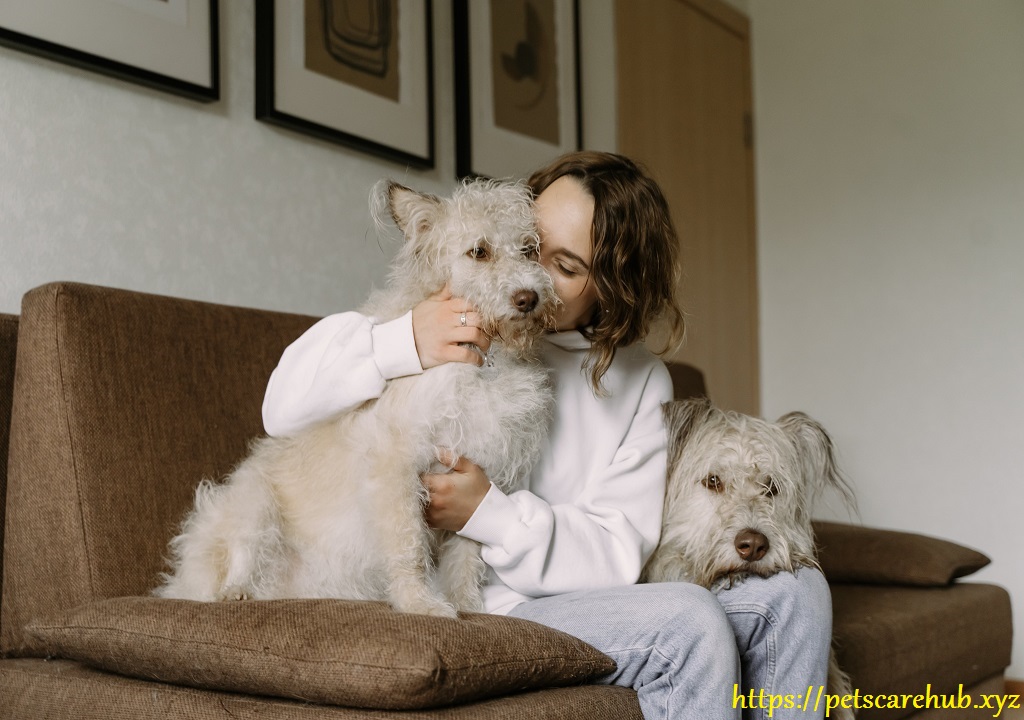
7. Conditioners that add moisture:
Keeping your pet’s skin and fur wet is important if you want them to stop sweating too much. To heal dry skin and keep the coat healthy, look for products with natural ingredients like oatmeal or shea butter.
8. In additions:
Adding supplements like omega-3 fatty acids to your pet’s food can help keep their coat healthy, stop them from shedding, and keep their skin from getting dry. Before you give your pet any new vitamins, talk to your vet.
9. Getting groomed often:
Regular cleaning is probably the most important thing you can do to keep your cat from shedding. Brushing and cleaning your pet regularly can help get rid of extra fur, spread natural oils, and keep their hair healthy and shiny.
If you are worried about how much your pet sheds or how often they get groomed, you should always talk to a professional groomer or your vet. With these items and tools, you can stop your pet from sweating too much and make them healthy and happy.
Changes in a pet’s diet that can cut down on shedding
Most dogs shed their fur on their own, but it can be very annoying for pet owners. Not only does it need more sweeping and cleaning, but it can also make some people’s asthma worse. Grooming and cleaning your pet regularly can help with shedding to some extent, but changing what they eat can also have a big effect on lowering shedding.
Here are some changes you can make to your pet’s food to help stop them from shedding:
1. Getting more protein is important because protein is what animals use to make fur. A diet high in good protein will help pet hair grow in healthy and stop it from falling out too much. Pets can get a lot of protein from foods like chicken, beef, fish, and eggs.
2. Add omega-3 fatty acids. Omega-3 fatty acids are very important for keeping the skin and hair healthy. They help make fur stronger and smoother, which makes it less likely to break and shed. Foods like salmon, flaxseed oil, and fish oil pills all have omega-3 fatty acids.
3. Avoid food allergens. Just like people, cats can develop food sensitivities or allergies that can show up as skin irritations or a lot of pet hair loss. Talk to your vet to find out if your pet has any food allergies if you notice that they are scratching or chewing at their skin a lot.
4. Increase nutrient-dense foods: Giving your pet nutrient-dense foods like fruits and veggies can not only give them vitamins and minerals they need, but it can also improve the health of their coat. Pets can get a lot of good nutrients from foods like blueberries, carrots, and sweet potatoes.
5. Think about probiotics. A healthy gut is important for your general health, which includes the health of your clothes. Probiotics can help cats process food better and absorb nutrients better, which can lead to a healthier coat and less pet hair.
Before making any big changes to your pet’s food, you should always talk to your veterinarian first. They can help you figure out what kind of food is best for your pet hair needs. Also, be sure to slowly offer any new foods to your pet, since quick changes can make their stomach upset. If you make these changes to your pet’s food and clean them regularly, they should shed less.
What you can do to keep your home clean and free of pet hair?
It may seem like a never-ending fight to keep your home clean and free of pet hair if you have furry friends. It’s normal for cats and dogs to shed hair, but it can be annoying to find clumps of hair on your furniture, floors, and clothes all the time. Thank goodness there are easy things you can do to keep your home clean and reduce the amount of pet hair that is there.
1. Grooming often is important.
The first thing you can do to keep pet hair out of your home is to clean your pet often. One way to do this is to brush or comb their fur every day to get rid of any free hairs before they land on furniture or other surfaces in your home. The length and thickness of your pet’s fur will determine the type of brush or comb you should use. To find the best tool for your pet, do some study or talk to a professional groomer.
2. Bathe them often.
Giving your pets regular baths is another important part of cleaning. This keeps their coat healthy and shiny and gets rid of any free hair. Use shampoo made just for pets instead of shampoo made for people, as human shampoo can be too hard on their skin.
3. Spend money on a good vacuum cleaner.
Making sure you have a good vacuum cleaner with strong suction is important for getting rid of pet hair. Look for models that come with devices that can get rid of pet hair from rugs, furniture, and other tough-to-reach places.
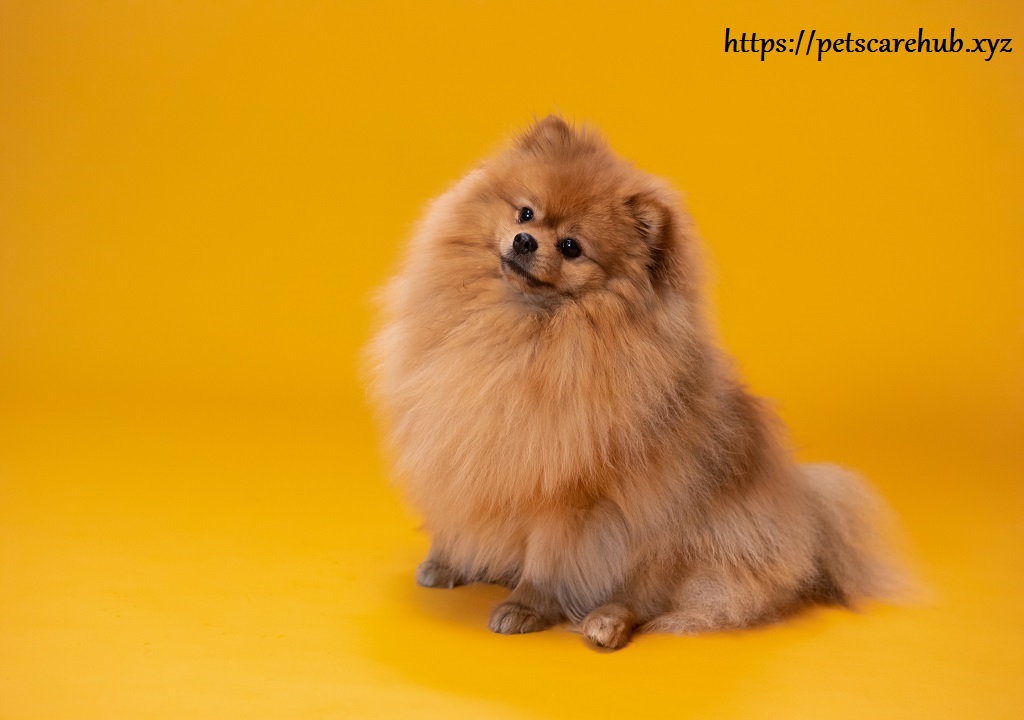
4. Lint rollers or tape will work.
Use lint brushes and tape to quickly get rid of pet hair on clothes and furniture. When your pets like to lounge, keep these handy so you can quickly get rid of any hair before it spreads.
5. Bedding and blankets should be washed often.
The blankets and pillows you give your pet can get hairy quickly, so hand wash them often. To get rid of as much hair as possible, use a lint roller or tape first.
6. Set aside areas where pets are not allowed.
Make sure your pet stays out of certain areas of your home, like beds or certain pieces of furniture, if you can. This will help keep the hair in these places in check and make them easy to clean.
7. Think about curtains or protected covers for your furniture.
If you let your cats sit on the furniture, you might want to use blankets or other protected covers that are easy to take off and clean. This will help keep hair off of your furniture and make it easy to clean.
8. Dust and mop hard surfaces often.
It’s easy for pet hair to stick to hard surfaces like floors, shelves, and tables. Make sure to dust and mop these areas often to keep pet hair off of them.
9. Set up air filters.
Pet pollen and other allergens can be filtered out of the air by air purifiers. This lowers the amount of hair and allergens from pets in your home.
10. Do your best and stay steady.
Stick to your cleaning schedule. This is the most important thing you can do to keep your home clean and free of pet hair. Over time, small steps taken every day will add up to big changes that will help keep your home hair-free and peaceful for you and your furry friend.
Having to deal with extra pet hair or health problems
Having to deal with a pet that sheds a lot or has health problems can be frustrating and scary for owners. Most cats shed some hair every once in a while, but shedding too much can be a sign of a health problem that needs to be fixed right away. This part will talk about the most common reasons for excessive sweating and how to successfully deal with them.
1. Routine for grooming:
Setting up a regular cleaning schedule for your pet is one of the first things you can do to stop it from shedding too much. When you brush your dog often, you can get rid of loose fur before it gets all over your floors and furniture. You should ask your vet or groomer how often you should brush your pet’s coat because it depends on the breed and type of coat they have.
Besides cleaning, bathing your pet hair with a light shampoo made just for cats can also help cut down on excessive pet hair. This cleans their fur and helps keep their skin healthy by getting rid of dirt, dander, and loose pet hair.
2. Good for you:
Making sure your pet eats a varied diet is important for keeping their body healthy and stopping them from losing too much fur. Not getting enough protein, fatty acids, vitamins, and other important nutrients can make skin and coats dull and dry, which makes them sweat more.
Talk to your veterinarian about what kind of food is best for your pet hair, and think about adding supplements like biotin or omega-3 fatty acids to their food to help keep their skin and pet hair healthy.
3. Health Problems at Root:
In the event that your pet continues to shed a lot even after regular cleaning and good diet, it could be a sign of a deeper health problem. Some common health problems that can cause pets to shed a lot are allergies, hormonal changes, or bugs like fleas or mites.
You should take your pet to the veterinarian for a full checkup if you think they might be sick. This will help find the cause of the increased sweating and treat it.
4. A lot of stress:
Pets can feel worry and anxiety, just like people do, and it can show up in many ways, such as shedding a lot. Pets can get stressed when their surroundings or habit changes, when they are separated from their owners, or when they get a new pet.
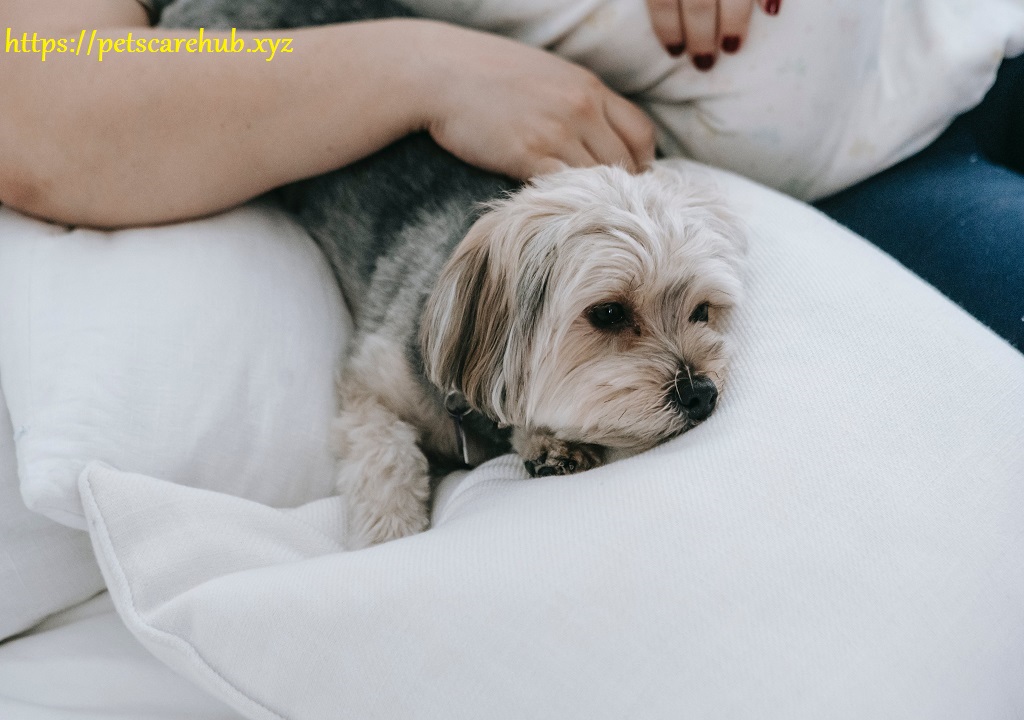
If you think your pet’s heavy shedding is caused by stress, try to find and deal with the cause of their stress. You could also try natural ways to calm your pet down or talk to a vet for more help.
5. Regular visits to the veterinarian:
In addition to taking care of any present health problems that could be causing the pet to shed too much, regular check-ups with the veterinarian are very important for finding any possible health problems early on. This lets them be treated quickly and keeps them from getting worse and losing too much.
Overall, dealing with excessive shedding takes a multifaceted approach that includes regular cleaning and good diet, as well as taking care of any underlying health problems, lowering stress levels, and making sure that the pet gets regular medical care. You can help your pet shed less and keep their hair healthy and shiny if you work at it and give it the right care.
Tips that will help for pet hair
Pet lovers may always have to deal with pet hair. Many animals shed their fur naturally, but it can make your house full of hair and your clothes constantly lint-rolled. We’ll give you some good ideas in this part on how to stop your pet from shedding and deal with pet hair in your home.
1. Brush Your Pet Often: Brushing your pet’s fur often is one of the best ways to keep it from shedding. This gets rid of dead and free hair before it can fall out and hit the floors and furniture. How often you brush your pet’s fur will depend on what kind of coat it has. Short-haired pets only need to be brushed once a week, while long-haired breeds may need to be groomed every day.
2. Use the Right Tools: Picking the right cleaning tool is important for keeping hair from falling out. You can get rid of loose hair on both short- and long-haired pets with a slicker brush or a de-shedding tool without hurting their coats. Talk to a professional groomer or vet to make sure you are using the right tool for your pet’s coat type.
3. Feed your pet a healthy diet for pet hair. Good nutrition is a big part of keeping your pet’s skin and fur healthy. Make sure you give your pet high-quality food that has all the nutrients it needs, like Omega-3 fatty acids, which help skin stay healthy and reduce pet hair loss.
4. Bathe your pet often. Bathing can also help your pet shed less by getting rid of dirt, hair, and toxins from its fur. Don’t bathe your pet hair too much, though, because that can dry out their skin and make them shed more. Based on the race and type of skin on your pet hair, talk to your veterinarian about how often you should bathe them.
5. Use Lint Rollers That Are Safe for Pets: Lint rollers are great for getting rid of pet hair from clothes and furniture. But make sure you get one that’s made for pets, because standard lint rollers might not be strong enough to get all the fur. Also, buy a lint roller or brush that you can use again and again to cut down on waste and save money in the long run.
6. Regularly vacuuming for pet hair: If you want to keep pet hair out of your home, you need to vacuum regularly. To get rid of germs and dander from your pet’s fur, use a cleaner with a HEPA filter. This will also pick up loose hair from furniture and rugs.
7. Consider Using Air Purifiers: If you or someone in your family has allergies, you might want to buy an air cleaner with a HEPA filter. This will help get rid of allergens in the air, like pet hair and fur, making the air quality in your home better overall.
8. Set aside parts of your home that are pet-free. For example, don’t let your pets in the beds or living rooms. This will help cut down on the amount of shedding in those areas and give people with allergies a place to go.
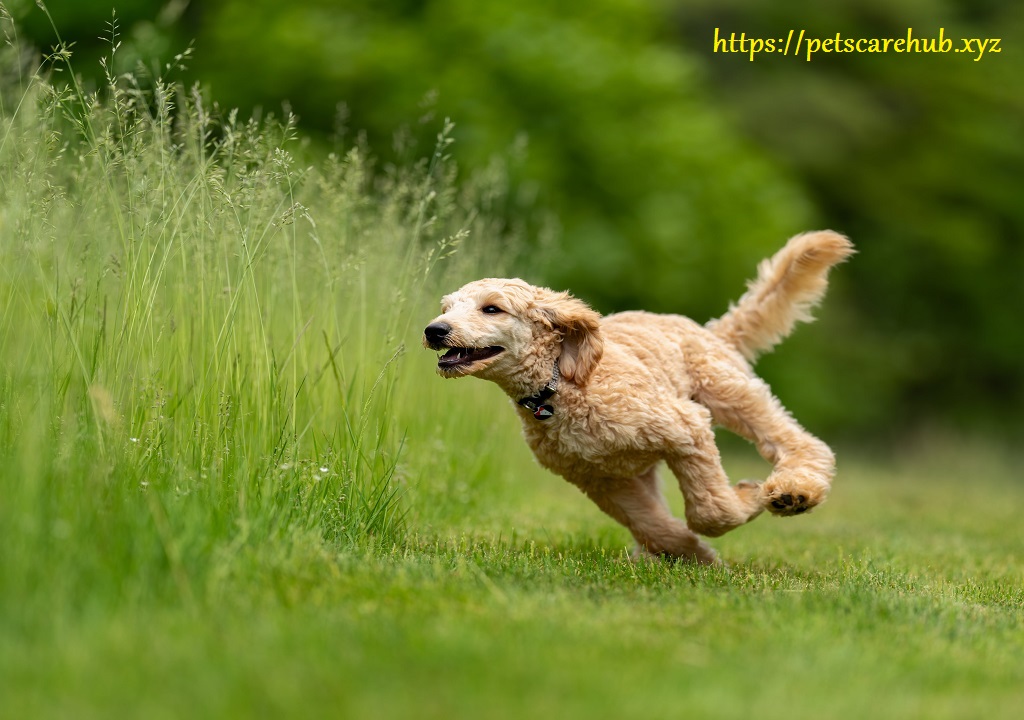
9. Regularly Wash Pet Bedding and Furniture Covers: To get rid of hair, dander, and dirt that has built up, you should regularly wash your pet’s bedding and any furniture covers that they like to sit on. If you do this once a week, it will help a lot with controlling sweating in your home.
10. Talk to your veterinarian for pet hair. If you notice that your pet hair is suddenly losing more fur or is scratching or eating their fur a lot, it could be a sign of a health problem. If you are worried about your heavy pet hair, you should talk to your doctor.
With these tips, you can effectively handle pet hair and stop your pet from shedding. This will make your home a more comfortable and cleaner place for you and your furry friend.
